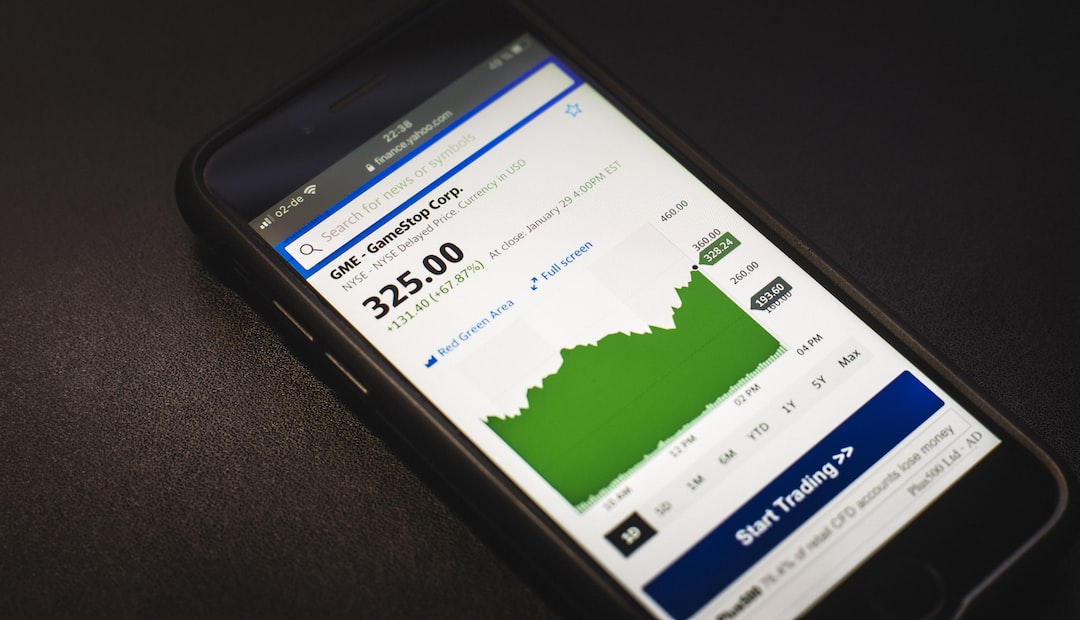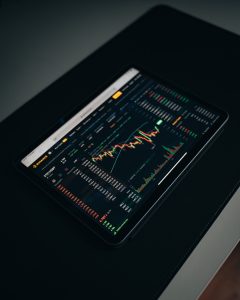Forex trading, also known as foreign exchange trading, is the buying and selling of currencies. The foreign exchange market is open 24 hours a day, five days a week, allowing traders to buy and sell currencies at any time. However, the spread, which is the difference between the bid and ask price, can vary depending on the time of day. In this article, we will discuss what time spreads are lowest in forex and why.
The forex market is divided into different trading sessions, including the Asian, European, and American sessions. Each session has its own characteristics and influences on the forex market. The Asian session is known for its lower volatility, while the European and American sessions are known for their higher volatility.
The spread is the difference between the bid and ask price of a currency pair. It is the cost of trading and is usually represented in pips. Pips are the smallest price increment that a currency pair can move. For example, if the bid price of a currency pair is 1.1000 and the ask price is 1.1005, the spread is 5 pips.
The spread can vary depending on market conditions, such as liquidity and volatility. Liquidity refers to the ease of buying and selling a currency pair without affecting its price. Volatility refers to the degree of price movement in a currency pair. Higher volatility can lead to wider spreads, while lower volatility can lead to narrower spreads.
The lowest spreads in forex are usually found during the Asian session. This is because the Asian session is known for its lower volatility and higher liquidity. During this session, the major financial centers in Asia, such as Tokyo, Hong Kong, and Singapore, are open. These financial centers account for a significant portion of the forex market, making it easier to buy and sell currencies without affecting their prices.
Another factor that contributes to lower spreads during the Asian session is the lower volume of trading. The majority of traders in Europe and the United States are inactive during the Asian session, leading to lower trading volumes. Lower trading volumes can lead to narrower spreads because there are fewer traders buying and selling currencies, resulting in less price movement.
In contrast, spreads are usually wider during the European and American sessions. This is because these sessions are known for their higher volatility and lower liquidity. During these sessions, there are more traders buying and selling currencies, leading to more price movement. Higher volatility can lead to wider spreads because the bid and ask prices can move further apart.
There are also certain times during the European and American sessions when spreads can be narrower. For example, the overlap between the European and American sessions, which occurs from 8:00 am to 12:00 pm EST, is known for its higher liquidity and narrower spreads. During this time, the major financial centers in Europe and the United States are open, leading to higher trading volumes and more liquidity.
In conclusion, the lowest spreads in forex are usually found during the Asian session. This is because the Asian session is known for its lower volatility and higher liquidity, making it easier to buy and sell currencies without affecting their prices. However, there are certain times during the European and American sessions when spreads can be narrower, such as during the overlap between the two sessions. It is important for traders to be aware of the different trading sessions and their characteristics to make informed trading decisions.






